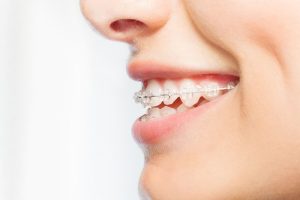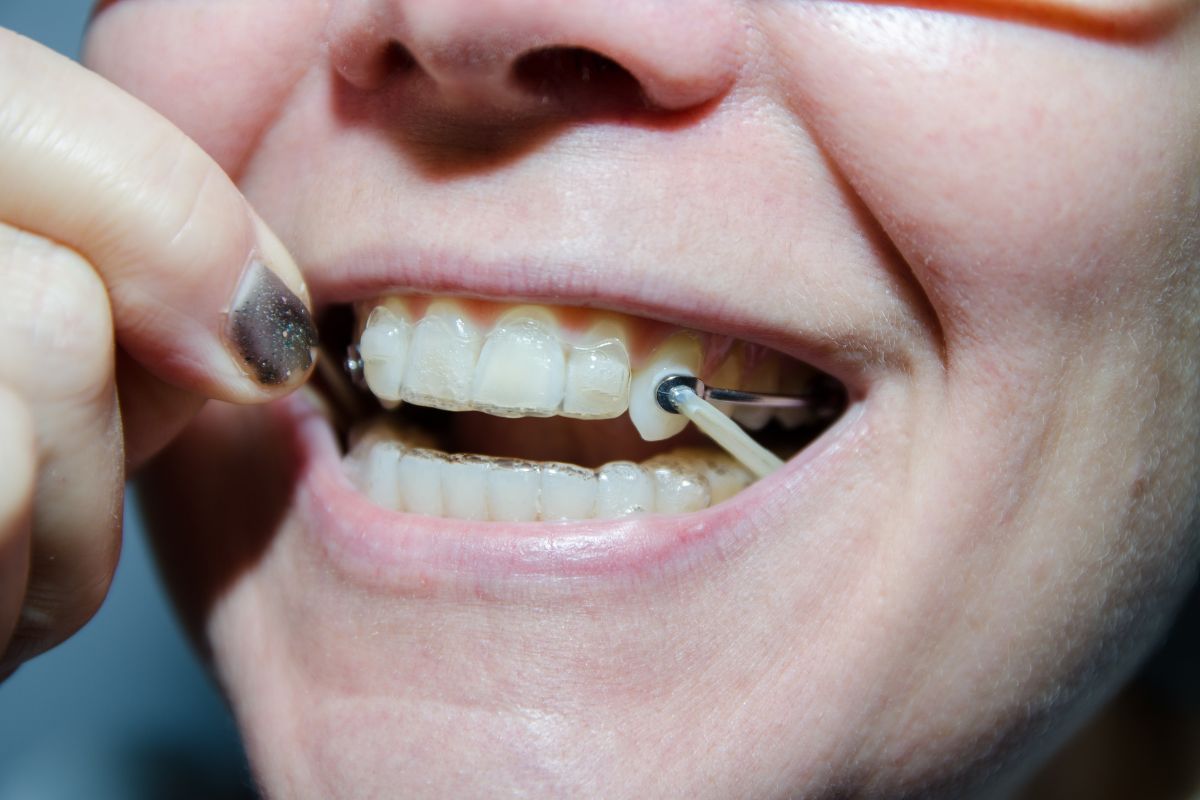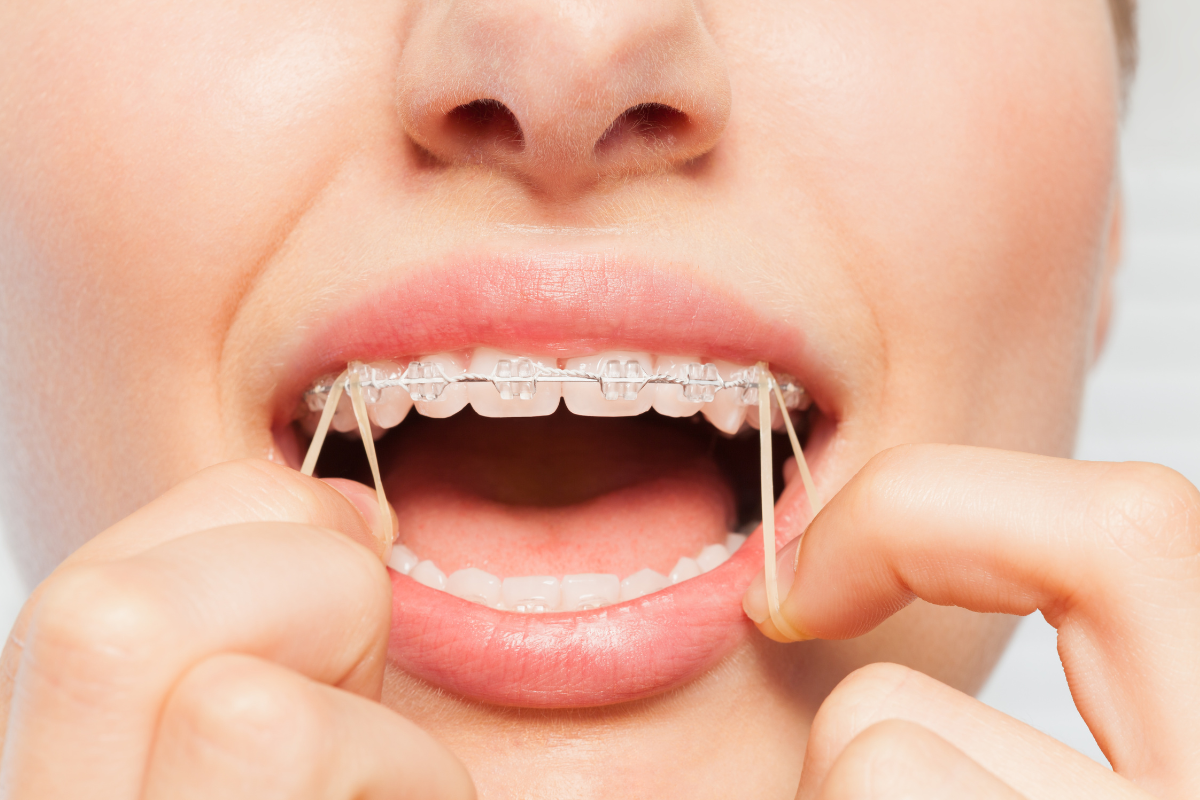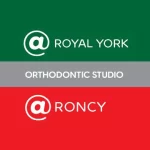

Two orthodontic terms that often confuse our patients are “overjet” and “overbite.” Both are related to the alignment of teeth, but they represent distinct conditions. This article will cover each condition’s causes, potential problems, and available treatment options. Let’s delve into dentistry and uncover the facts behind these two essential dental terms.
Difference Between an Overjet and Overbite: A Clear Distinction
To begin our exploration of these dental terms, let’s clarify their meanings and highlight their differences.
Overjet – What is it?
An overjet is the horizontal gap between the upper and lower front teeth when the jaw is closed. Also known as “buck teeth,” an overjet can be identified when the upper front teeth significantly protrude beyond the lower front teeth. This condition can be both a natural occurrence and a result of malocclusion.
Overbite – Understanding the Basics
In contrast, an overbite pertains to the vertical overlap of the upper front teeth over the lower front teeth when the jaw is closed. It occurs when the upper teeth excessively cover the lower teeth, potentially leading to improper dental alignment.
Different Causes, Similar Effects
While an overjet and an overbite are distinct conditions, they can sometimes occur simultaneously. The causes of these dental issues can vary:
Causes of Overjet:
- Genetics and family history play a significant role in the development of an overjet.
- Prolonged thumb-sucking or pacifier use during childhood can contribute to the protrusion of the upper front teeth.
- Improper teeth alignment due to missing or misaligned molars can also result in an overjet.
Causes of Overbite:
- Overdevelopment of the upper jaw bone can lead to an overbite.
- Frequent nail-biting or pen-chewing habits can contribute to the vertical overlap of teeth.
- Genetics and hereditary factors can influence the likelihood of developing an overbite.
Potential Issues Associated with Overjet and Overbite
Both an overjet and an overbite, if left untreated, can lead to various dental problems:
Overjet-Related Issues:
- Increased risk of trauma to the upper front teeth due to their protrusion.
- Difficulty in properly closing the lips, which might lead to mouth-breathing habits.
- Aesthetical concerns affecting self-esteem and confidence.
Overbite-Related Issues:
- Excessive wear on the lower front teeth due to the constant contact with the upper front teeth.
- Difficulty in chewing and biting.
- Jaw pain or discomfort, especially in severe cases.
Effective Treatments for Overjet and Overbite
Thankfully, modern dentistry offers various effective treatments for both overjet and overbite issues:
Overjet Treatments:
- Dental braces or clear aligners can help realign the teeth and reduce the overjet.
- A skilled orthodontist may recommend tooth extraction or jaw surgery to correct the overjet in severe cases.
Overbite Treatments:
- Dental braces or aligners can also be used to correct the vertical overlap of the teeth.
- In certain instances, tooth extraction may be necessary to address overcrowding and alleviate the overbite.
- Orthognathic surgery can be an option for severe overbite cases.
Addressing Overjet and Overbite in Children
Early intervention is essential when it comes to correcting overjet and overbite in children:
Dental Evaluation:
Children should receive a dental evaluation as early as seven to detect developing dental issues.
An orthodontist can assess the child’s dental alignment and recommend timely treatments.
Interceptive Orthodontics:
Interceptive orthodontic techniques can be applied in childhood to guide the growth of the jaw and correct misalignments.
Takeaway
Understanding the difference between an overjet and an overbite is crucial for optimal dental health. Both conditions may have severe consequences if left untreated, but fortunately, modern dentistry offers effective solutions to correct them. Early intervention, especially in children, can lead to more successful outcomes. Suppose you or your loved ones have concerns about overjet or overbite. In that case, consulting with a qualified orthodontist is essential to explore the best treatment options.
Remember, your smile is a valuable asset, and investing in your dental health can lead to a lifetime of confident and healthy smiles.
Say Goodbye to Overjets and Overbites
“A positive self-image and self-confidence can result from proper orthodontic care.”
This belief has been our foundation for over 17 years of creating beautiful, straight, and confident smiles!
With thousands of finished cases under our belt, we are confident in our ability to provide you and your family with excellent treatment delivered with expertise and care.
Plan your smile with one of the best Orthodontists in Toronto, Ontario. Schedule a virtual care or in-office appointment with us! Let’s work together to create the best smile for you and your family.
FAQs About Overjet and Overbite
Let’s address some frequently asked questions regarding overjet and overbite:
What is the main difference between an overjet and an overbite?
An overjet is the horizontal gap between the upper and lower front teeth. In comparison, an overbite involves the vertical overlap of the upper front teeth over the lower front teeth.
Are overjet and overbite purely cosmetic concerns?
While aesthetics play a role, untreated overjet, and overbite can lead to various dental issues, affecting the bite, jaw health, and oral functionality.
Can an overjet or overbite be fixed without braces?
Certain dental appliances might address overjet and overbite in mild cases without traditional braces.
Can adults get their overjet or overbite corrected?
Adults can seek orthodontic treatments like braces or clear aligners to correct overjet and overbite.
Is jaw surgery always required for severe overjet or overbite?
Jaw surgery is typically recommended for extreme cases that cannot be resolved with orthodontic treatments alone.
How long does the treatment for overjet or overbite usually take?
The treatment duration depends on the condition’s severity and the chosen treatment method. It can range from several months to a few years.
Recent Posts
-
Inside the World of Orthodontists: Education, Precision, and Transformative Treatments
The Evolution of Orthodontics: A Brief Historical Overview Orthodontics, an integral branch…
-
How Orthodontists Plan a Treatment for a Beautiful Smile
Understanding the Patient's Unique Needs A positive self-image and confidence can result…
-
Unleash Your New Smile! Here's What You Need to Know Before Braces Removal
Are you excited to see your smile transformation? Taking your braces off…
-
Traits That a Good Orthodontist Should Have
Choosing an orthodontist is half your smile transformation journey. That’s why in…
-
How Braces Can Help Fix an Asymmetrical Jawline
An asymmetrical jawline can cause concern for many individuals, affecting their appearance…
-
Can Cavities Be Reversed?
Cavities are among the most common dental issues people of all ages…
-
What to Prepare During Your First Braces Appointment
Are you about to embark on your journey to a beautiful smile…
-
Taking Care of Baby Teeth: A Comprehensive Guide for Parents
Caring for our children's health is one of our most crucial responsibilities…
-
What are Brace Elastics?
If you or someone you know is undergoing orthodontic treatment with braces,…
-
Difference Between an Overjet and Overbite: A Comprehensive Guide
Two orthodontic terms that often confuse our patients are "overjet" and "overbite."…







 Instagram
Instagram
